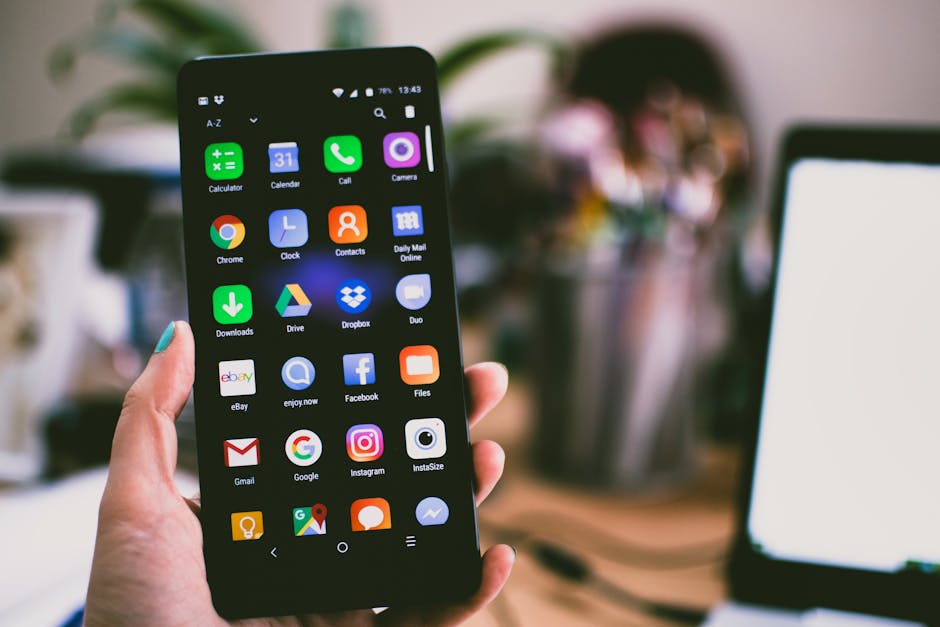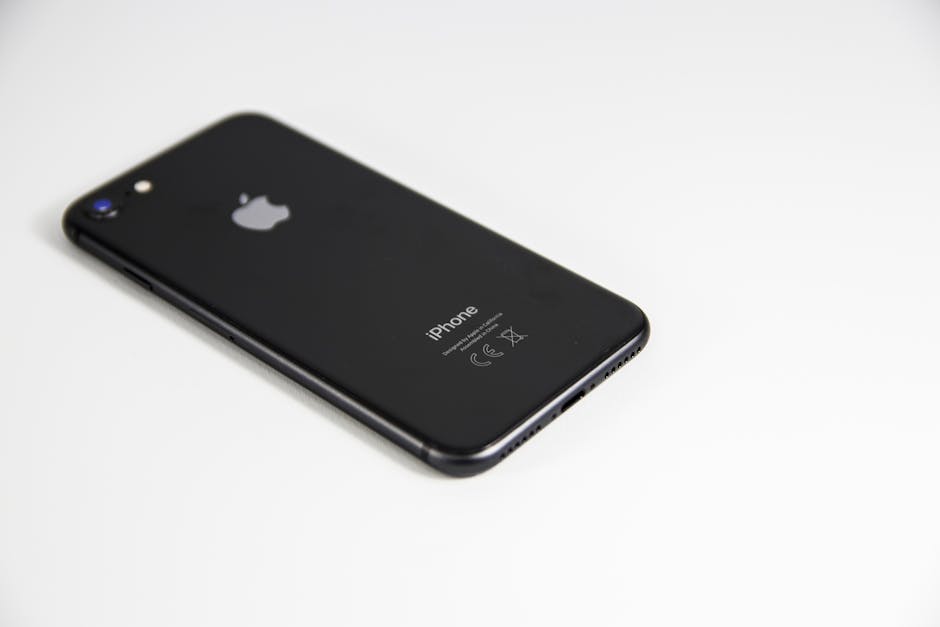Voice messages offer a quick and convenient alternative to typing lengthy texts, especially when you’re on the go. They allow you to express yourself more naturally and capture nuances that text often misses. Your iPhone makes sending voice notes incredibly easy. This comprehensive guide will walk you through the process, covering everything from basic sending to advanced features and troubleshooting.
Sending a Voice Message Using iMessage
iMessage is the primary way most iPhone users send voice messages. The integrated feature is seamless and offers several options for recording and sending audio.
Step-by-Step Instructions
- Open the Messages App: Locate the green Messages icon on your iPhone’s home screen and tap to open it.
- Select a Conversation: Choose an existing conversation with the person you want to send the voice message to, or start a new conversation by tapping the “New Message” icon (usually a pencil and paper) in the top right corner.
- Locate the Audio Waveform Icon: Look for the audio waveform icon (it looks like a squiggly line) located to the right of the text input field.
- Tap and Hold to Record: Tap and hold the audio waveform icon to begin recording your voice message. The icon will transform into a red recording indicator. Keep holding until you’re finished speaking.
Tips for Recording a Clear Voice Message
Speak Clearly: Enunciate your words and speak at a moderate pace. Minimize Background Noise: Try to record in a quiet environment to reduce distractions and ensure your message is easily understood. Hold the Phone Properly: Position the microphone (usually located at the bottom of your iPhone) close to your mouth. Test the Recording: Before sending important messages, do a quick test recording to check the audio quality.
Sending and Reviewing Your Voice Message
- Swipe Up to Send Immediately: While holding the record button, you can swipe up towards the arrow icon to send the voice message instantly after you finish speaking.
- Release to Review: If you release your finger from the record button without swiping, you can listen to your recording before sending it.
- Options After Releasing: After releasing, you’ll see three options: a play button to review, a “x” to delete the recording, and an upward-pointing arrow to send.
- Send or Discard: Tap the upward-pointing arrow to send the voice message, or tap the “x” to discard it and record a new one.
Voice Message Settings in iMessage
Your iPhone offers some control over how voice messages are handled. By default, voice messages disappear after two minutes, but you can change this.
- Go to Settings: Open the Settings app on your iPhone.
- Scroll to Messages: Scroll down and tap on “Messages.”
- Find “Audio” Section: Look for the “Audio Messages” section.
- Change Expiration: Tap on “Expire” and choose either “After 2 Minutes” (the default) or “Never.” Choosing “Never” will keep all your voice messages saved until you manually delete them.
Using Third-Party Apps to Send Voice Messages
While iMessage is convenient for iPhone users, you may need to use other apps to communicate with people on different platforms or for features not offered by iMessage. Popular choices include WhatsApp, Telegram, and Facebook Messenger. The process is generally similar across these apps.
Common Steps for Third-Party Apps
- Open the App: Launch the app you want to use (e.g., WhatsApp, Telegram).
- Select a Conversation: Choose an existing conversation or start a new one.
- Locate the Microphone Icon: Look for the microphone icon, which is usually located near the text input field.
- Tap and Hold to Record: Tap and hold the microphone icon to begin recording.
- Swipe to Cancel (Optional): Some apps allow you to swipe left while holding the microphone icon to cancel the recording.
- Release to Send: Release your finger from the microphone icon to send the voice message. Some apps may require you to tap a separate send button.
Advantages of Using Third-Party Apps
Cross-Platform Compatibility: Communicate with users on Android and other operating systems. Enhanced Features: Some apps offer features like voice message transcription or improved audio quality. Encryption: Many third-party apps offer end-to-end encryption for enhanced privacy.
Advanced Voice Message Features on iPhone
Beyond basic sending, your iPhone offers some advanced features that can enhance your voice messaging experience.
Transcribing Voice Messages
iOS has the ability to transcribe voice messages directly within the Messages app. This feature can be incredibly useful when you can’t listen to a message immediately. To enable transcription, you may need to update to the latest iOS version. The phone will automatically attempt to transcribe received voice messages, displaying the text below the audio. This feature uses on-device intelligence, enhancing privacy.
Sending Voice Messages with Effects
While not a direct feature of iMessage voice messages, you can use apps like GarageBand or voice changer apps to add effects to your voice before sending the audio via another app. This can be used for fun or creative communication.
Using Siri to Send Voice Messages
You can use Siri to send voice messages hands-free. Simply activate Siri (by saying “Hey Siri” or holding the side button) and say something like “Send a voice message to [Contact Name] saying [Your Message].” Siri will confirm the message and ask if you want to send it.
Troubleshooting Common Voice Message Issues
Sometimes, you might encounter problems when sending or receiving voice messages on your iPhone. Here are some common issues and their solutions.
No Audio or Poor Audio Quality
Check Microphone Access: Ensure that the Messages app (or the third-party app you’re using) has permission to access your microphone. Go to Settings > Privacy > Microphone and make sure the toggle is enabled for the app. Clean the Microphone: Dust or debris can block the microphone. Gently clean the microphone port with a soft, dry cloth. Restart Your iPhone: A simple restart can often resolve minor software glitches. Update iOS: Ensure your iPhone is running the latest version of iOS. Software updates often include bug fixes and performance improvements. Check Network Connection: A poor network connection can affect audio quality. Try switching to a different Wi-Fi network or using cellular data.
Voice Messages Not Sending
Check iMessage Status: If you’re using iMessage, make sure it’s enabled. Go to Settings > Messages and ensure that iMessage is toggled on. Verify Recipient’s Number: Double-check that you have the correct phone number or Apple ID for the recipient. Airplane Mode: Make sure Airplane Mode is turned off. Storage Space: Check if your iPhone has sufficient storage space. A full storage can cause issues with sending and receiving media.
Voice Messages Disappearing
- Check Expiration Settings: As mentioned earlier, iMessage voice messages expire after two minutes by default. Change the expiration setting to “Never” in Settings > Messages > Audio Messages > Expire.
Sending a voice message on your iPhone is a versatile and efficient way to communicate. By mastering the basic techniques, exploring advanced features, and knowing how to troubleshoot common issues, you can leverage the power of audio to connect with friends, family, and colleagues. Experiment with these tips and tricks to find the best way to incorporate voice messages into your daily communication routine. Try sending a voice message today and experience the convenience!






